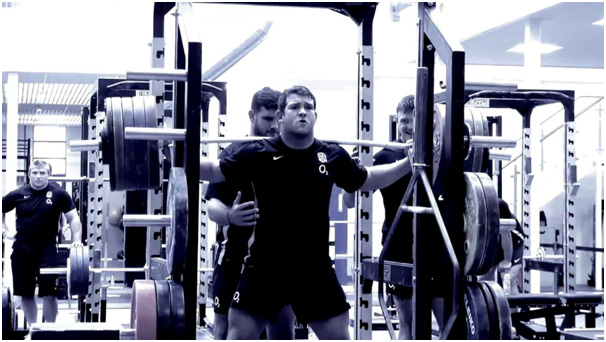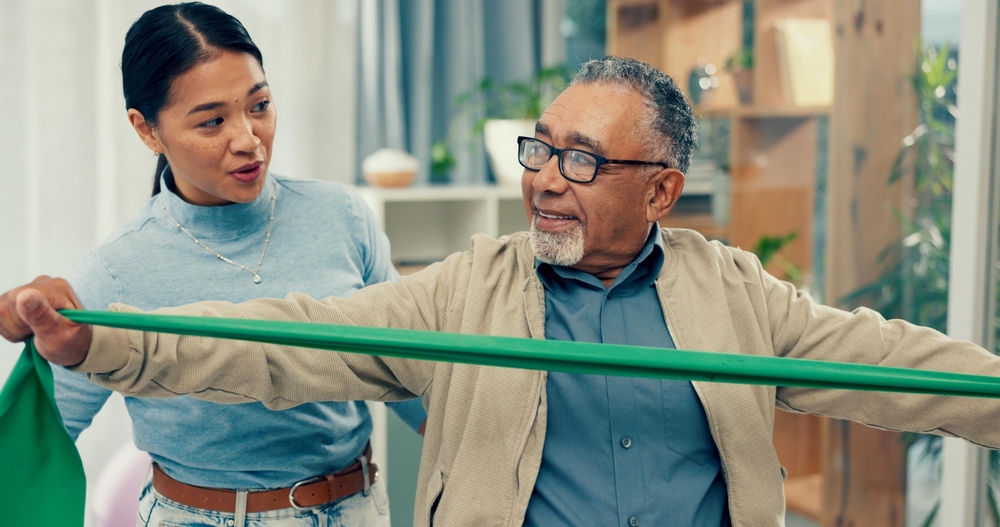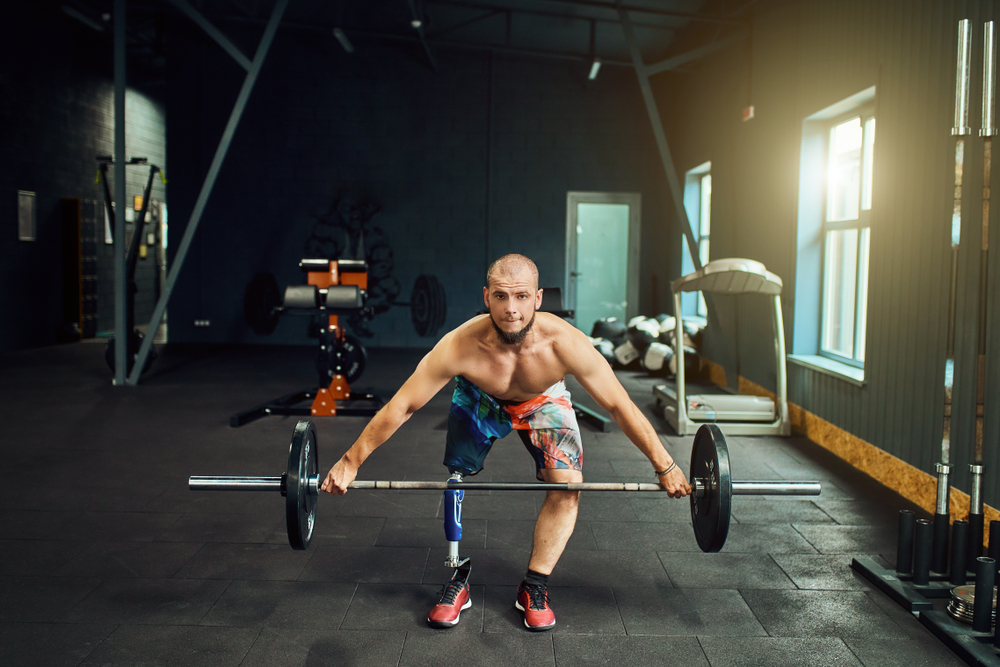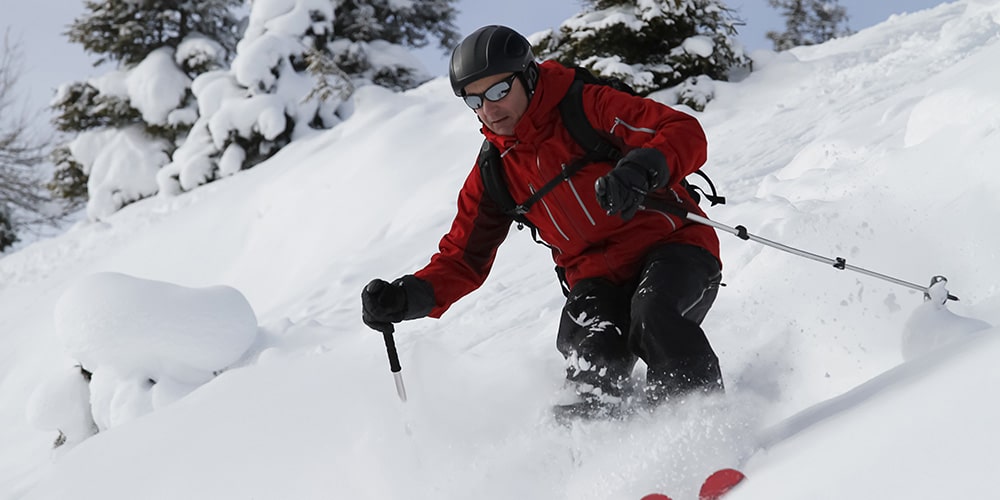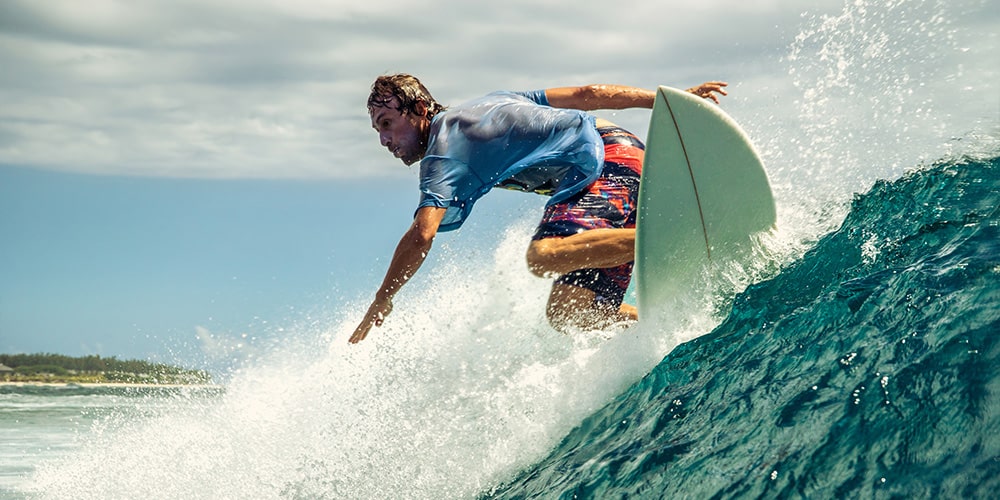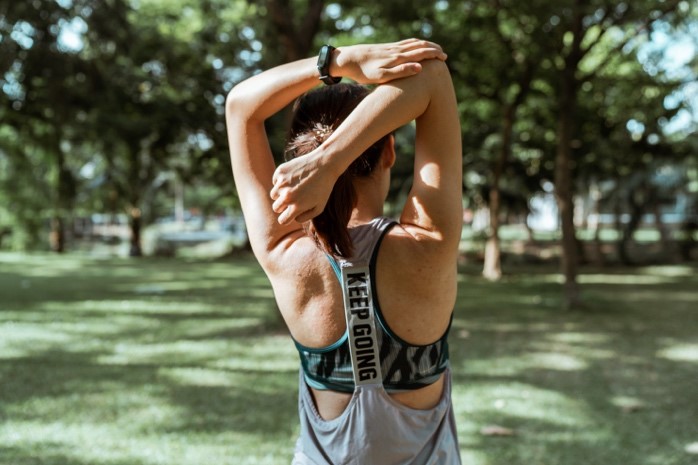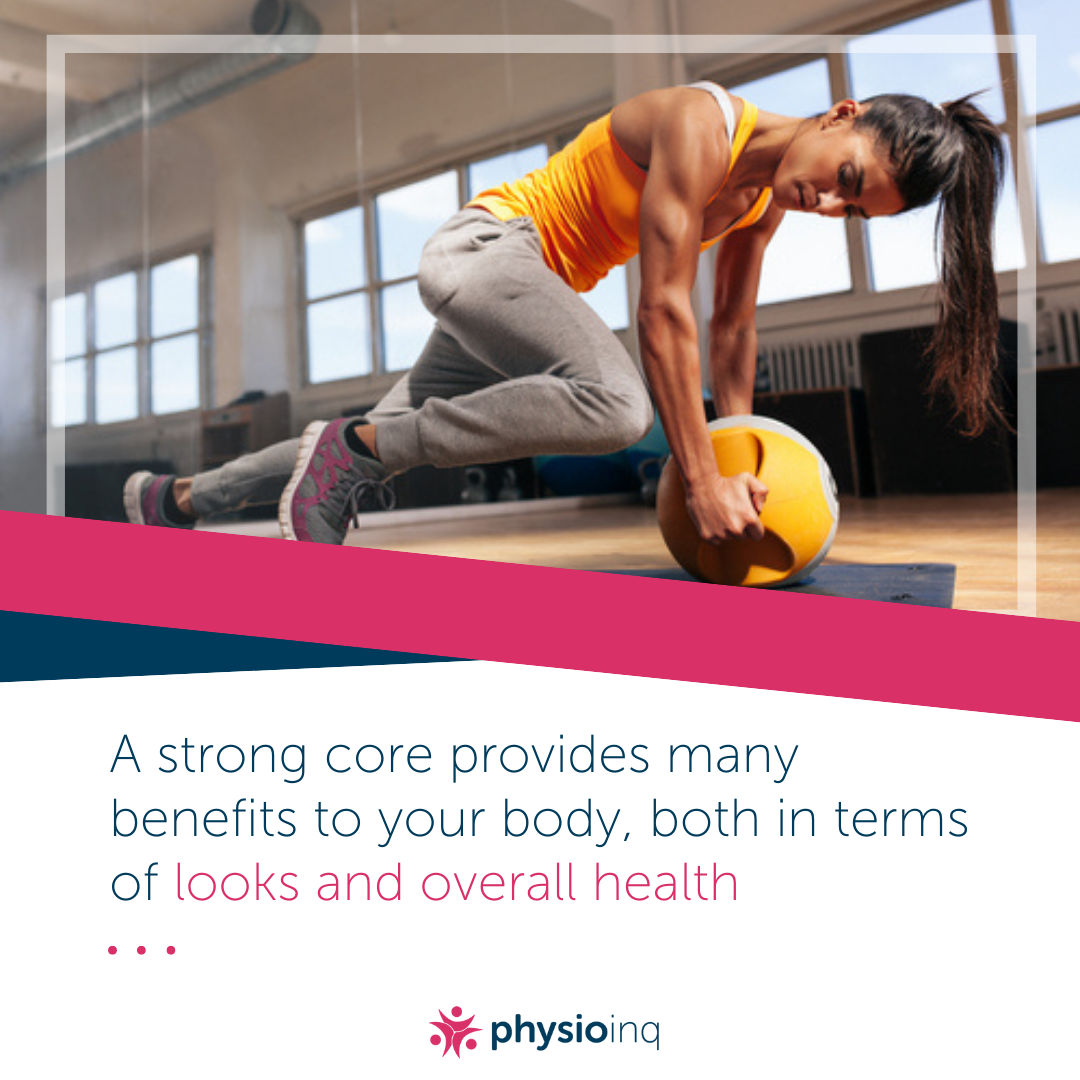Make an Appointment
What is Patellar Tracking Disorder?
Patellar tracking disorder (PTD) occurs when the kneecap (patella) fails to glide smoothly in the femoral trochlear groove during knee flexion and extension, instead shifting laterally or medially. This misalignment leads to uneven contact pressures on cartilage, resulting in pain, crepitus, swelling and reduced function .
Anatomy & Biomechanics
- Trochlear Depth & Q-Angle: A shallow groove or increased Q-angle (> 15° in women, > 12° in men) predisposes to lateral tracking.
- Dynamic Valgus: Hip internal rotation and knee valgus during activities like squatting and landing magnify lateral forces on the patella.
- Muscle Balance: The ratio of vastus medialis oblique (VMO) to vastus lateralis contraction, plus hip abductor strength, governs patellar alignment.
Epidemiology & Impact
- Affects 15–25% of active, adolescent populations, higher in females and hypermobile individuals.
- Up to 70% of patients with chronic anterior knee pain display maltracking on dynamic imaging .
- Untreated, PTD can progress to chondromalacia, recurrent pain episodes and early patellofemoral osteoarthritis.
Clinicians diagnose PTD through history (activity-related pain), physical tests (patellar glide, Q-angle), and imaging (weightbearing skyline X-rays, dynamic MRI). Prompt, targeted intervention prevents long-term joint damage and restores function.
![]()
Image Source: https://www.bodyheal.com.au/blogs/sports-injuries/patellar-tracking-disorder-causes-symptoms-treatment-options
The condition is also known as “runner’s knee” and it’s affected by issues in the quads and patellar tendons.
You may have patellar tracking disorder if you notice:
- A dull ache under or near the kneecap.
- A popping, grinding, slipping, or catching feeling in your kneecap when you bend or straighten your knee.
- Knee swelling
- Knees that buckle, failing to support your body weight.
How to Prevent Patellar Tracking Disorder
Especially if you’re an athlete like a runner or gymnast, you may be worried about developing patellar tracking disorder. To prevent knee issues from arising, there are a few things you can do:
- Strengthen your quads, glutes, and hips
- Stretch before and after exercise
- Invest in proper footwear
- Maintain a healthy weight
- Physiotherapy
How to Treat Patellar Tracking Disorder
The first question is, can patellar tracking disorder be cured? Well, the answer isn’t so straightforward.
While the definition of patellar tracking disorder asserts that when your kneecap isn’t moving properly, it causes pain and discomfort, in reality**, there’s actually not a “correct” way for your kneecap to move.**
So, what does this tell us? Basically, the problem isn’t usually your knee itself. Patellar tracking disorder is more likely associated with issues elsewhere in the kinetic chain – up or down your leg in your quads, hips, or ankle.
Therefore, patellar tracking disorder treatment often means physiotherapy in these areas, instead of working directly with your knee joint.
How to Fix Patellar Tracking Disorder
A multimodal rehabilitation plan offers the best outcomes, combining exercise, manual therapy, taping/bracing and, in select cases, surgery.
Targeted Exercise Therapy
VMO Activation:
- Terminal Knee Extensions: Against light resistance band, hold 5–10 s, 3×10–15 reps to strengthen medial quadriceps .
- Adductor Co-Contraction: Squeeze a ball between knees during mini-squats to fire the VMO.
Hip & Core Stability:
- Clamshells: Side-lying hip external rotation, 3×15 reps to train gluteus medius.
- Single-Leg Deadlifts: 3×10 per leg, promoting hip, core and hamstring synergy.
Functional Retraining:
- Step-Downs: Controlled descent from a 10 cm step, ensuring the knee tracks over the second toe, 2×10 reps per side.
- Lateral Band Walks: 3×20 steps each direction with a looped band above the knees.
Manual Therapy & Soft-Tissue Techniques
- Medial Patellar Glides: Improve patellar mobility and reduce lateral tilt.
- ITB & Lateral Retinacular Release: Instrument-assisted soft-tissue mobilisation (IASTM) to ease tight lateral structures .
Taping & Bracing
- McConnell Taping: Medial glide tape applied to correct lateral displacement, requires trained application.
- Patellar Stabilising Braces: Sleeves with medial buttress (e.g., Bauerfeind GenuTrain P3) for dynamic support and proprioception .
Surgical Options
Reserved for refractory cases after 3–6 months of conservative care:
- Lateral Retinacular Release: Arthroscopic release of tight lateral tissues.
- Tibial Tubercle Transfer: Realigns the extensor mechanism when anatomical risk factors (e.g., high TT-TG distance) are severe.
For individualised exercise prescription and manual therapy, book an in-home or in-clinic appointment with Physio Inq Physiotherapy.
What exercises can help patellar tracking disorder?
Try these patellar tracking disorder exercise ideas and find pain relief for your knees.
Foam Rolling IT Bands
- Lie sideways on the foam roller as it rests on your outer left hip.
- Straighten your left leg and bend your right leg, placing your right foot on the ground in front of you for stability.
- Lean into your left arm with your left hand on the ground on the other side of the foam roller.
- Slowly roll the foam roller toward your knee, but don’t roll over your knee joint.
- Reverse the motion, stopping for about 20 seconds at a time when you feel a tight spot.
- Continue for 60 seconds and repeat on the other leg.
![]()
Quad Contractions
- Sit on the floor with one leg straight and the other bent with your foot flat on the ground.
- Roll up a small towel and place it underneath the knee of the straight leg.
- Flexing your toes, engage your quad and press the back of your knee into the towel.
- Hold for 5 seconds, release for 5 to 10 seconds.
- Repeat 10 to 12 times, then switch legs.
Prone Straight Leg Raises
- Lie on your back with one leg bent, its foot flat on the ground and the other leg straight.
- Engage your abs so that your lower back is flat on the ground.
- Flexing your toes, engage your quads and press the back of your knee toward the ground.
- Slowly lift the leg 12 to 18 inches off the ground, holding for 6 seconds before slowly lowering back down.
- Repeat 10 to 12 times, then switch legs.
![]()
Single Leg Balance
- Stand with your feet together, your hands together at your chest, and a slight bend in your knees.
- As you focus on a single point in front of you, engage your abs and shift your weight to one leg.
- Slowly lift the other leg, bringing the thigh parallel to the ground with your knee bent at a 90-degree angle.
- Hold for 20 to 30 seconds, then switch legs.
Single Leg Bridge
- Lie on your back with your knees bent, feet flat on the ground, hip-width apart.
- Place your arms at your sides, palms facing down.
- Lift one leg toward the ceiling, flexing your foot.
- As you exhale, press into your hands and lift your hips, pressing firmly into the grounded foot.
- Engage your glutes and keep your bottom knee in line with your hip and ankle.
- Hold for 30 seconds, slowly lower down, then switch legs.
Clamshells
- Lie on your side with your hips stacked and knees bent.
- Rest your head on your bottom hand or arm, place the other hand in front of you for stability.
- Keep your feet together and engaging your abs, open your knees like a clam with your hips remaining stationary.
- Pause for 3 seconds before slowly returning to the starting position.
- Repeat 12 times, then switch sides.
![]()
How to Avoid Patellar Tracking Disorder
Prevention hinges on balanced training, biomechanics and load management:
Biomechanical Screening & Technique
- Video Analysis: Assess squat, lunge and landing mechanics to eliminate dynamic valgus; cue knee-over-toe alignment.
- Strength Ratios: Monitor quadriceps:hamstring and hip:core strength (ideal Q:H > 0.6) to detect imbalances .
Training Load Management
- 10% Rule: Increase running/jumping volume by ≤ 10% per week.
- Periodisation: Incorporate de-load weeks and low-impact cross-training (swimming, cycling).
Footwear & Orthoses
- Rotation of Footwear: Replace every 400–600 km to maintain cushioning.
- Custom Insoles: Address overpronation or supination to reduce knee valgus.
Flexibility & Mobility
- Foam Rolling: Quadriceps, ITB and calves to reduce lateral tension.
- Regular Stretching: Hamstrings, hip flexors and adductors—3×30 s daily.
Recovery Time for Maltracking of the Kneecap
Recovery timelines align with severity:
Mild (No Chondral Damage):
- 4–8 weeks of exercise, taping and activity modification.
- Return Criteria: Pain-free single-leg squat; neutral patellar tracking on functional tests.
Moderate (Symptoms + Mild Cartilage Wear):
- 8–12 weeks including manual therapy and progressive loading.
- Return Criteria: ≥ 90% quadriceps strength, normalized Q-angle during movement.
Surgical Cases:
- 2–4 weeks immobilisation post-op.
- 12–16 weeks phased rehab (ROM, strength, proprioception).
- 4–6 months to return to sport after meeting hop and strength benchmarks .
Objective measures, goniometry, dynamometry, Kujala Score, guide each progression safely.
Is Cycling Good for Patellar Tracking?
Cycling can be a key low-impact tool in PTD management:
Benefits
- Reduced Joint Loading: Continuous pedaling distributes load evenly, minimising patellofemoral peak pressures.
- Muscle Balance: Engages quadriceps, hamstrings and glutes symmetrically, reinforcing tracking forces.
Optimal Cycling Protocols
- Cadence: Aim for 80–90 rpm to lower joint stress.
- Resistance: Start with low gears to avoid excessive quadriceps load.
- Duration & Frequency: 10–15 min sessions, 3× weekly, progressing to 30–40 min as tolerated .
Bike Fit Essentials
- Saddle Height: Knee flexion of 25–35° at bottom dead-center.
- Fore/Aft Position: Knee aligned over pedal spindle when pedals are horizontal.
- Handlebar Height: Slightly above saddle to maintain neutral spine and optimal hip angle.
Precautions
- Avoid Out-of-Saddle Efforts: Steep climbs and sprints increase extension load on the patella.
- Monitor Symptoms: Discontinue if pain persists > 24 h post-ride.
For tailored cycling rehabilitation, consult our Exercise Physiology team for bike-fit and training guidance.
![]()
Frequently Asked Questions (FAQs)
How do I fix patellar tracking disorder?
- Targeted VMO and hip-abductor exercises, manual therapy, taping/bracing and surgical realignment when indicated.
How can I avoid developing PTD?
- Biomechanics screening, gradual load increases, cross-training, proper footwear and balanced strength/mobility.
What is the recovery time for kneecap maltracking?
- 4–8 weeks for mild cases; 8–12 weeks for moderate; 4–6 months post-surgery.
Is cycling good for patellar tracking?
- Yes, maintain 80–90 rpm cadence, low resistance and correct bike fit while avoiding sprints.
Can PTD lead to osteoarthritis?
- Chronic maltracking accelerates patellofemoral cartilage wear, increasing osteoarthritis risk later in life.
How will I know if my therapy is working?
- Look for reduced pain, normalized tracking on functional tests (single-leg squat), and ≥ 90% quadriceps strength versus the opposite side.
![]()
Patellar tracking disorder is highly treatable with early, comprehensive intervention. By combining targeted exercise, manual techniques, stability supports and biomechanical optimization, including safe cycling protocols, you can restore knee function and prevent long-term joint damage.
Next Steps:
- Book a Detailed Assessment with Physio Inq to evaluate your tracking and create a personalized plan.
- Begin a Structured Rehab Program focusing on muscle balance, movement quality and symptom monitoring.
- Use Allied-Health Collaboration, embrace physiotherapy, occupational therapy, exercise physiology and sports medicine services, to support every phase of your recovery.
Call 1300 731 733 or book online to start your journey to a stable, pain-free knee today.
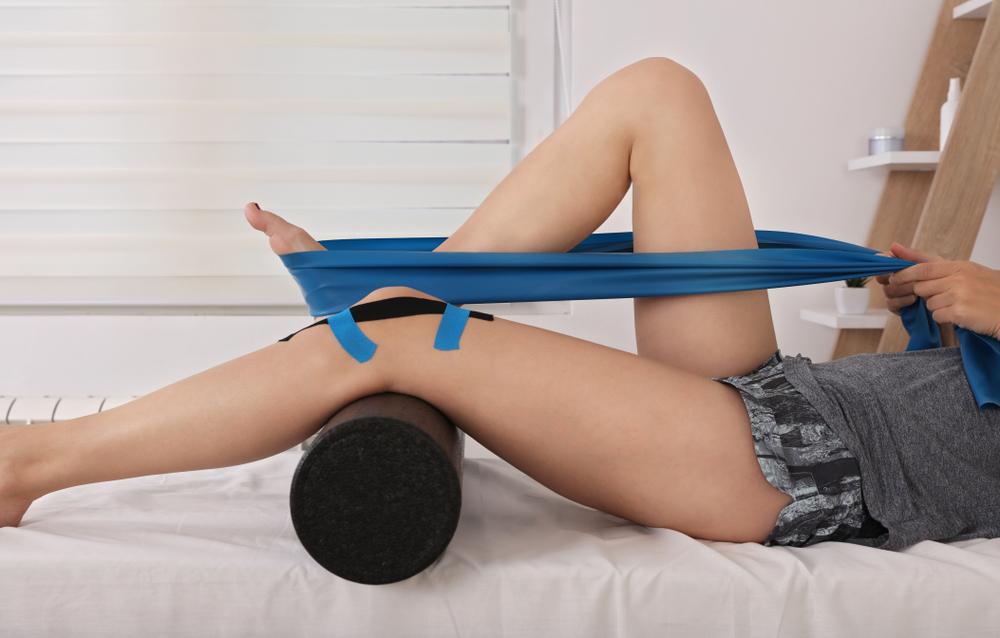
Date Published: Friday, September 20, 2019
Locate a Sports Physiotherapy
Service Near me
Get the experience & convinence you deserve to support your or a loved one's allied health needs.
Our Sports Physiotherapy team are currently serving & taking appointments in the following states and regions in Australia:
Need to get into direct contact with ur Client Services team? We're all ears. Call our team directly on 1300 731 733
